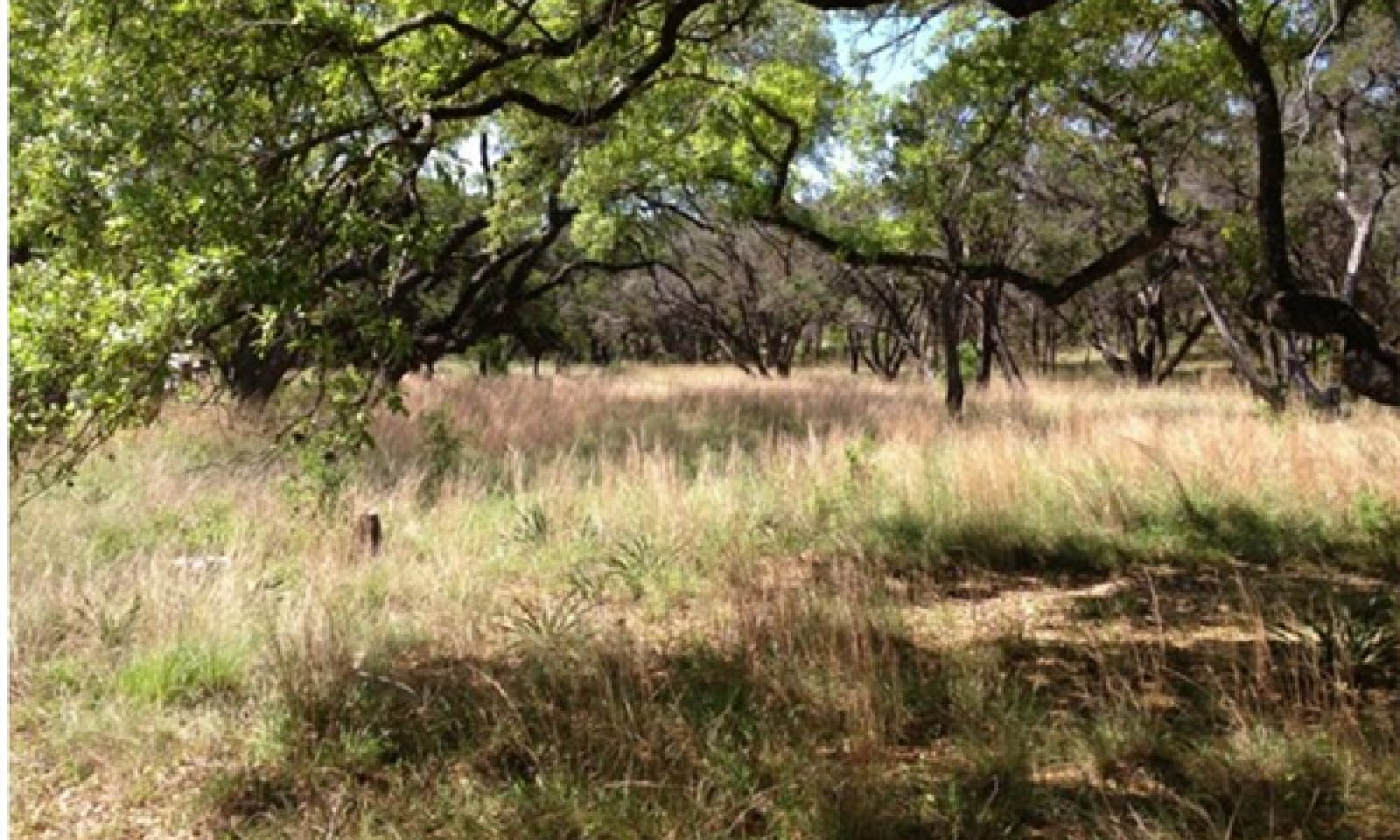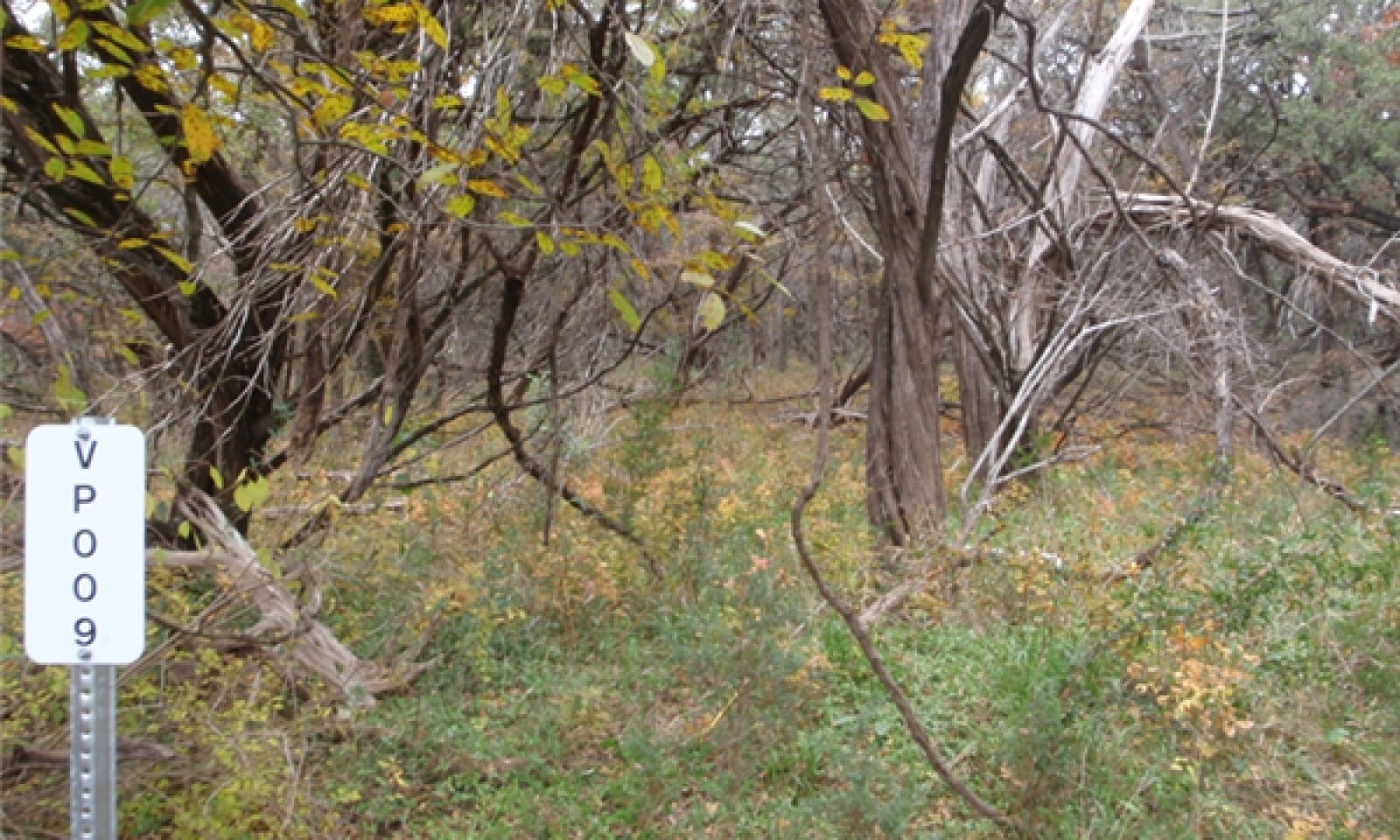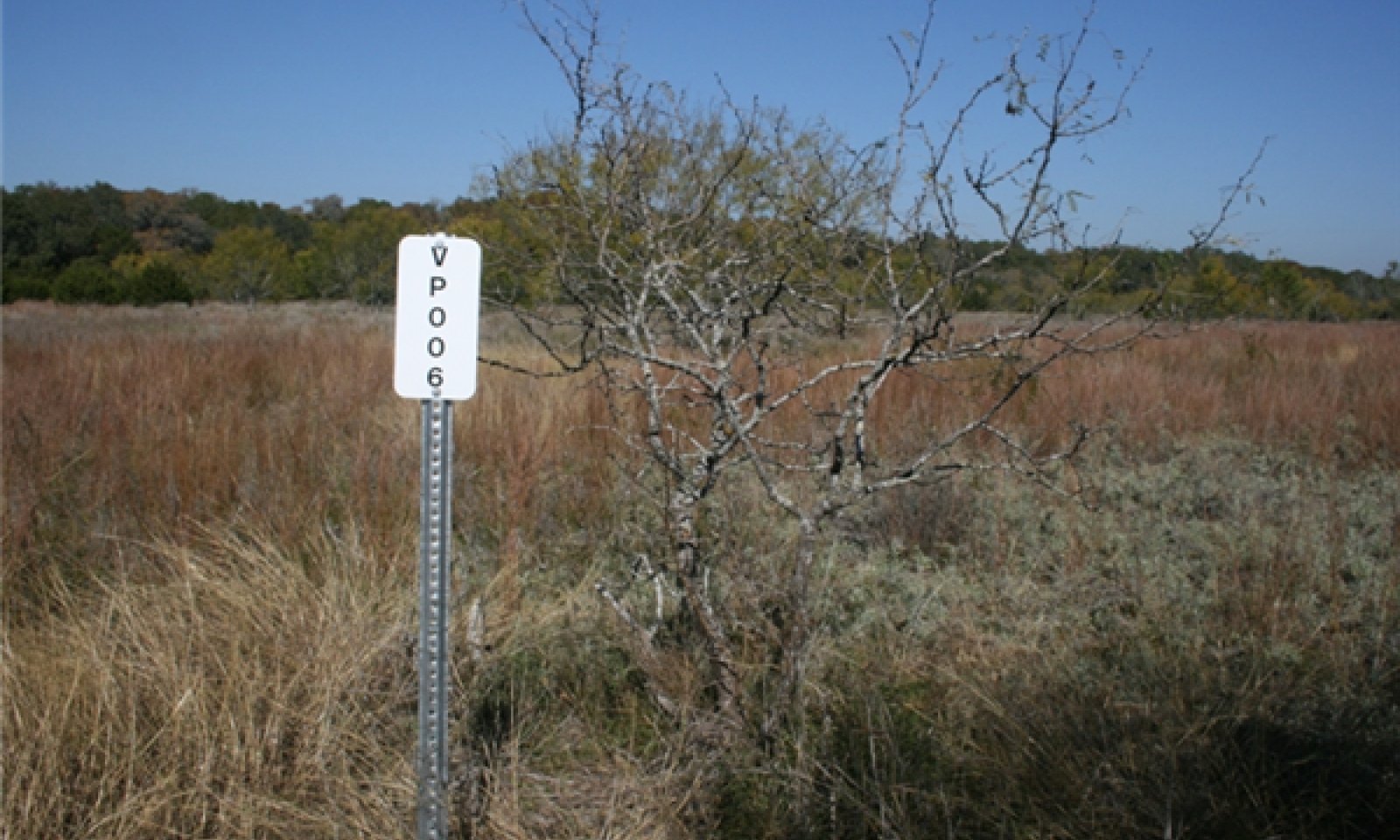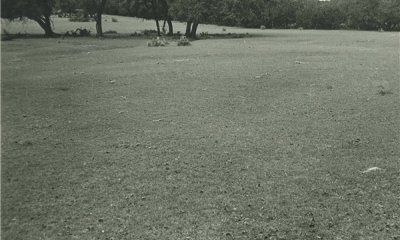
Loamy Bottomland 29-35 PZ
Scenario model
Current ecosystem state
Select a state
Management practices/drivers
Select a transition or restoration pathway
-
Transition T1A
Absence of wildfire and other disturbance and natural regeneration over time
More details -
Transition T1B
Prolonged excessive grazing pressure
More details -
Restoration pathway R2A
Native vegetation is removed and site is planted with improved forage species
More details - Restoration pathway R2A More details
-
Transition T2A
Removal of woody species coupled with seeding of improved forage species
More details - Transition T2A More details
-
Restoration pathway R4A
Reintroduction of natural disturbance regime, seeding of native species may also be required
More details - Restoration pathway R4A More details
-
No transition or restoration pathway between the selected states has been described
Target ecosystem state
Select a state
State 1
Reference






Description
The reference state is considered to be representative of the natural range of variability under pre-European settlement conditions. This state consists of a mosaic of plant groupings and structures but over time was typically trees with an understory of herbaceous vegetation. Community phase changes are primarily driven by periodic wildfire and flooding.
Submodel
State 2
Woodland/Shrubland State



Description
The Woodland/Shrubland State reflects a maturing overstory of trees with increasing percentages of cool-season grasses and shade tolerant herbaceous species understory.
Submodel
State 3
Converted State



Description
The Converted State has typically been plowed, farmed, then replanted to grasses or just abandoned. In most cases introduced species have been planted.
Submodel
Mechanism
A transition occurs because of a long term lack of brush management with mechanical means, fire, or targeted goat/sheep grazing. Grazing deferment alone will not halt the increase of woody species. Hydrologic characteristics are altered by increased woody species. Now, energy flows more through woody plants than herbaceous plants.
Mechanism
This transition is driven by the severe, long-term, overharvesting of the desired plants. This condition results in a loss of hydrologic function. Most sunlight energy is utilized by overstory hardwood species and weakened grasses and forbs.
Mechanism
Restoration includes some form of brush management and many times an integrated approach utilizing several methods. In some cases of severe long-term overharvesting of the desired plants, replanting may be necessary. Prescribed burning is an option once the fine fuel load has recovered so prescribed grazing will be essential.
Relevant conservation practices
| Practice | External resources |
|---|---|
|
Brush Management |
|
|
Fence |
|
|
Livestock Pipeline |
|
|
Range Planting |
|
|
Watering Facility |
|
|
Controlled Stream access for Livestock Watering |
|
|
Prescribed Grazing |
Mechanism
Restoration includes some form of brush management and many times an integrated approach utilizing several methods. In some cases of severe long-term overharvesting of the desired plants, replanting may be necessary. Prescribed burning is an option once the fine fuel load has recovered so prescribed grazing will be essential.
Relevant conservation practices
| Practice | External resources |
|---|---|
|
Brush Management |
|
|
Fence |
|
|
Livestock Pipeline |
|
|
Range Planting |
|
|
Watering Facility |
|
|
Controlled Stream access for Livestock Watering |
|
|
Prescribed Grazing |
Mechanism
This transition is driven by land clearing and farming or ground disturbance brush management with the replanting of exotic grasses, either as a mixture or single species. Exotic plants can also be introduced from hay brought to the site or from livestock and wildlife. Hydrologic characteristics are anticipated to be similar to the Mixed Grass Woody Community.
Mechanism
This transition is driven by land clearing and farming or ground disturbance brush management with the replanting of exotic grasses, either as a mixture or single species. Exotic plants can also be introduced from hay brought to the site or from livestock and wildlife. Hydrologic characteristics are anticipated to be similar to the Mixed Grass Woody Community.
Mechanism
Restoration of this community includes allowing the herbaceous plants and woody shrubs to recover their root systems. It also includes monitoring the site to prevent dominance of the woody shrub community in the understory. Prescribed grazing and selective brush management are tools to manage this recovery. Prescribed fire may be an option as well and will be useful for maintenance.
Relevant conservation practices
| Practice | External resources |
|---|---|
|
Brush Management |
|
|
Prescribed Burning |
|
|
Prescribed Grazing |
Mechanism
Restoration of this community includes allowing the herbaceous plants and woody shrubs to recover their root systems. It also includes monitoring the site to prevent dominance of the woody shrub community in the understory. Prescribed grazing and selective brush management are tools to manage this recovery. Prescribed fire may be an option as well and will be useful for maintenance.
Relevant conservation practices
| Practice | External resources |
|---|---|
|
Brush Management |
|
|
Prescribed Burning |
|
|
Fence |
|
|
Livestock Pipeline |
|
|
Watering Facility |
|
|
Controlled Stream access for Livestock Watering |
|
|
Native Plant Community Restoration and Management |
|
|
Prescribed Grazing |
Model keys
Briefcase
Add ecological sites and Major Land Resource Areas to your briefcase by clicking on the briefcase (![]() ) icon wherever it occurs. Drag and drop items to reorder. Cookies are used to store briefcase items between browsing sessions. Because of this, the number of items that can be added to your briefcase is limited, and briefcase items added on one device and browser cannot be accessed from another device or browser. Users who do not wish to place cookies on their devices should not use the briefcase tool. Briefcase cookies serve no other purpose than described here and are deleted whenever browsing history is cleared.
) icon wherever it occurs. Drag and drop items to reorder. Cookies are used to store briefcase items between browsing sessions. Because of this, the number of items that can be added to your briefcase is limited, and briefcase items added on one device and browser cannot be accessed from another device or browser. Users who do not wish to place cookies on their devices should not use the briefcase tool. Briefcase cookies serve no other purpose than described here and are deleted whenever browsing history is cleared.
Ecological sites
Major Land Resource Areas
The Ecosystem Dynamics Interpretive Tool is an information system framework developed by the USDA-ARS Jornada Experimental Range, USDA Natural Resources Conservation Service, and New Mexico State University.




